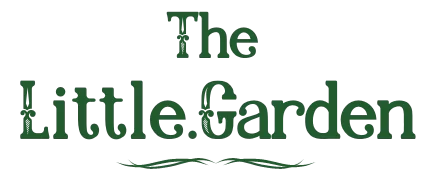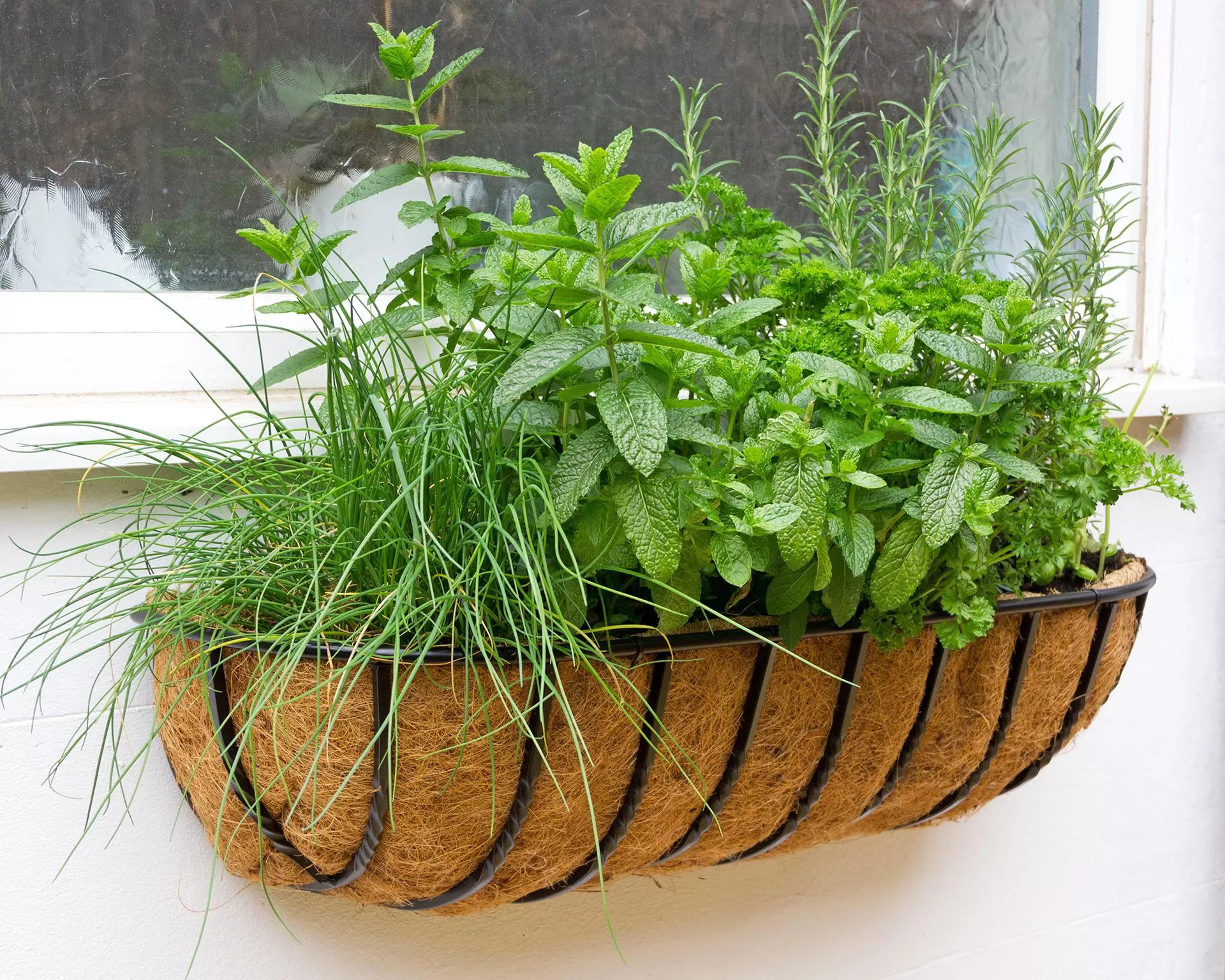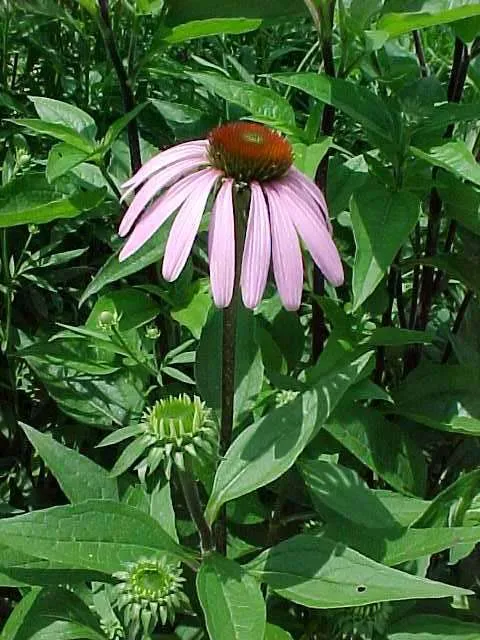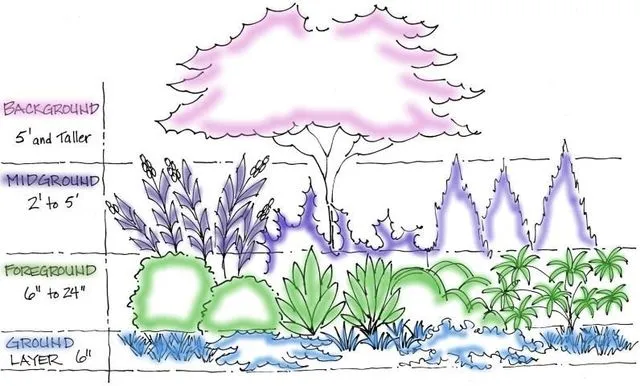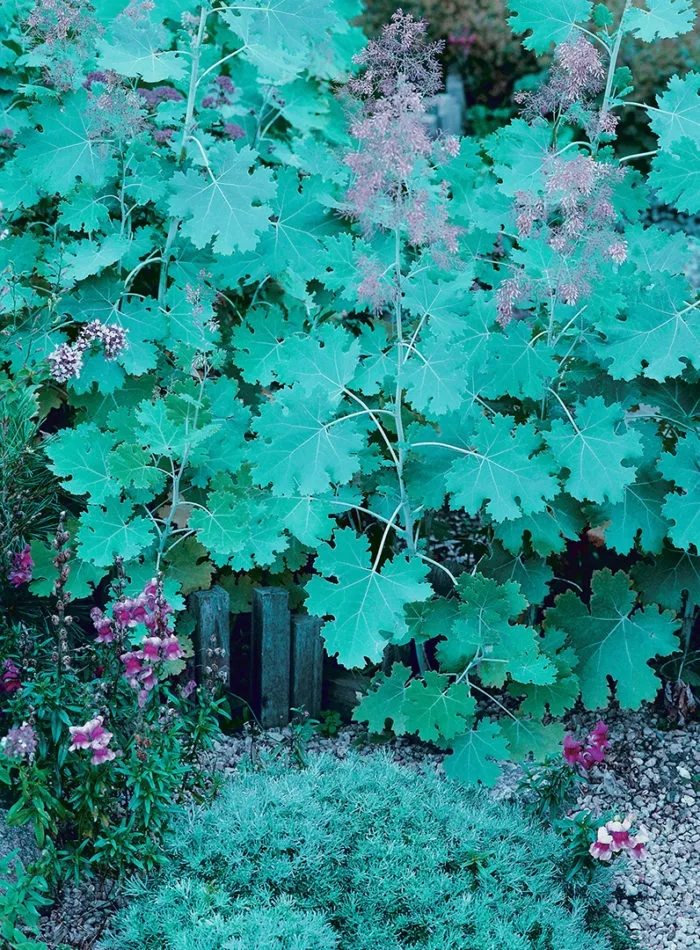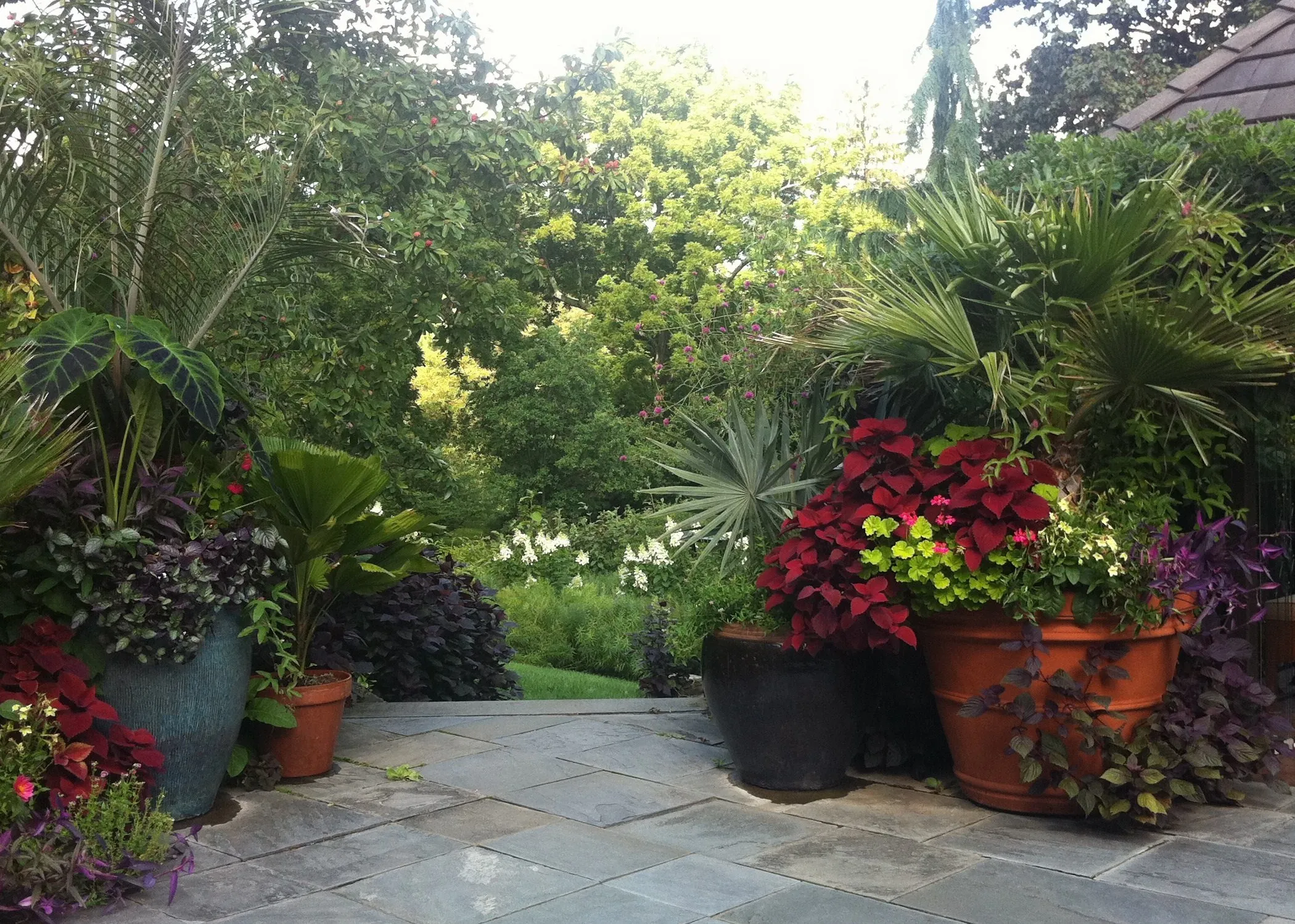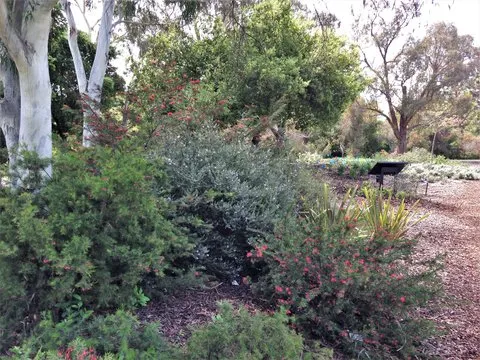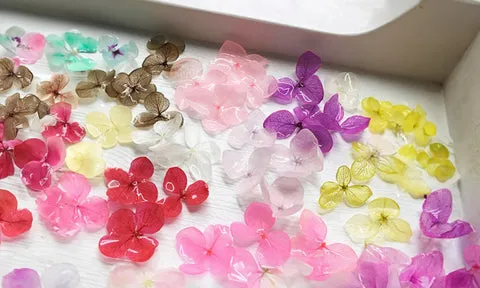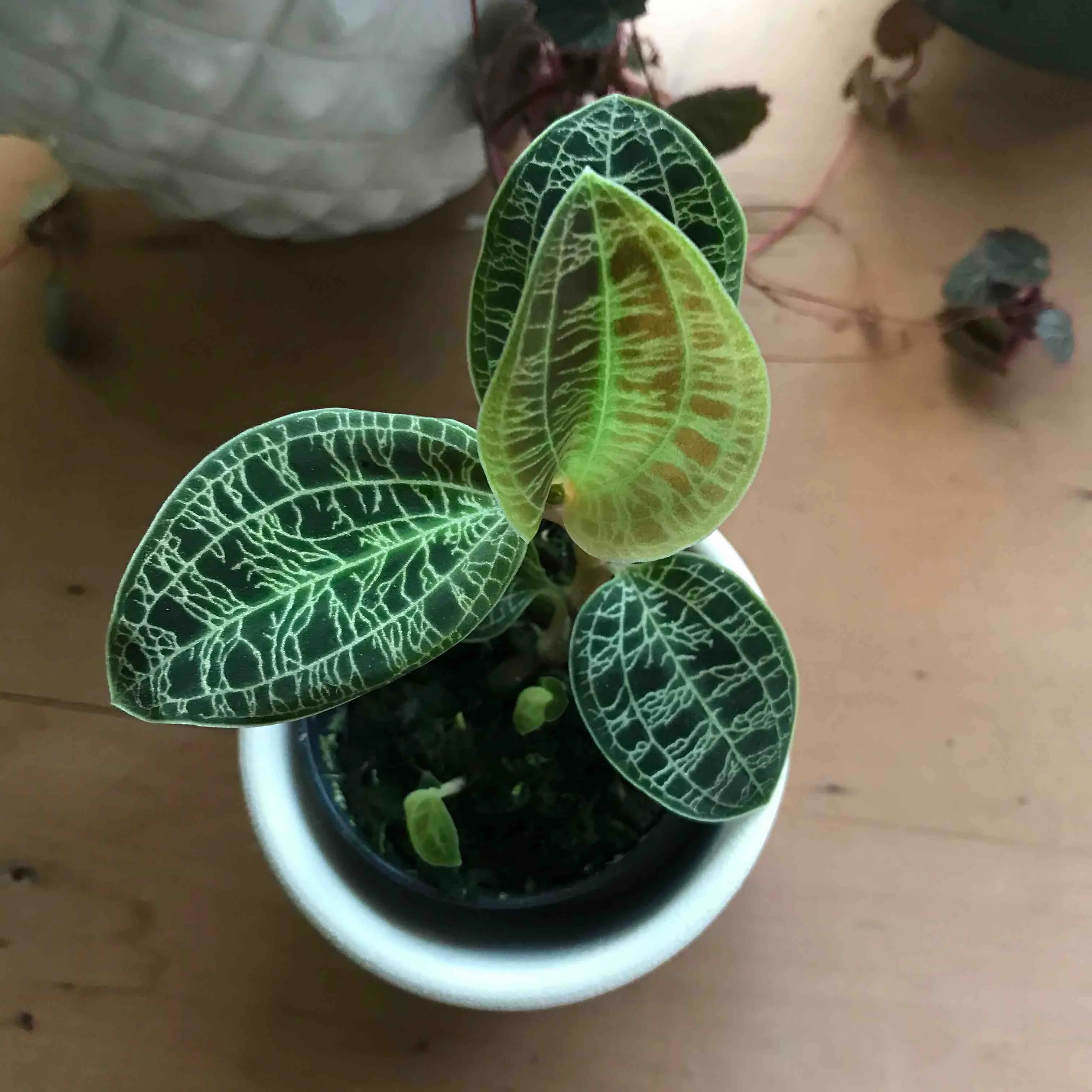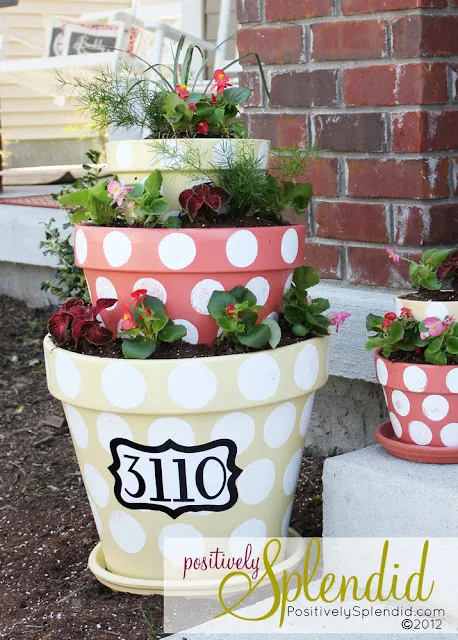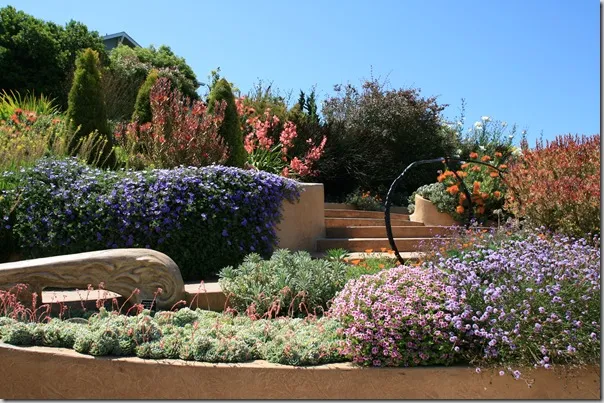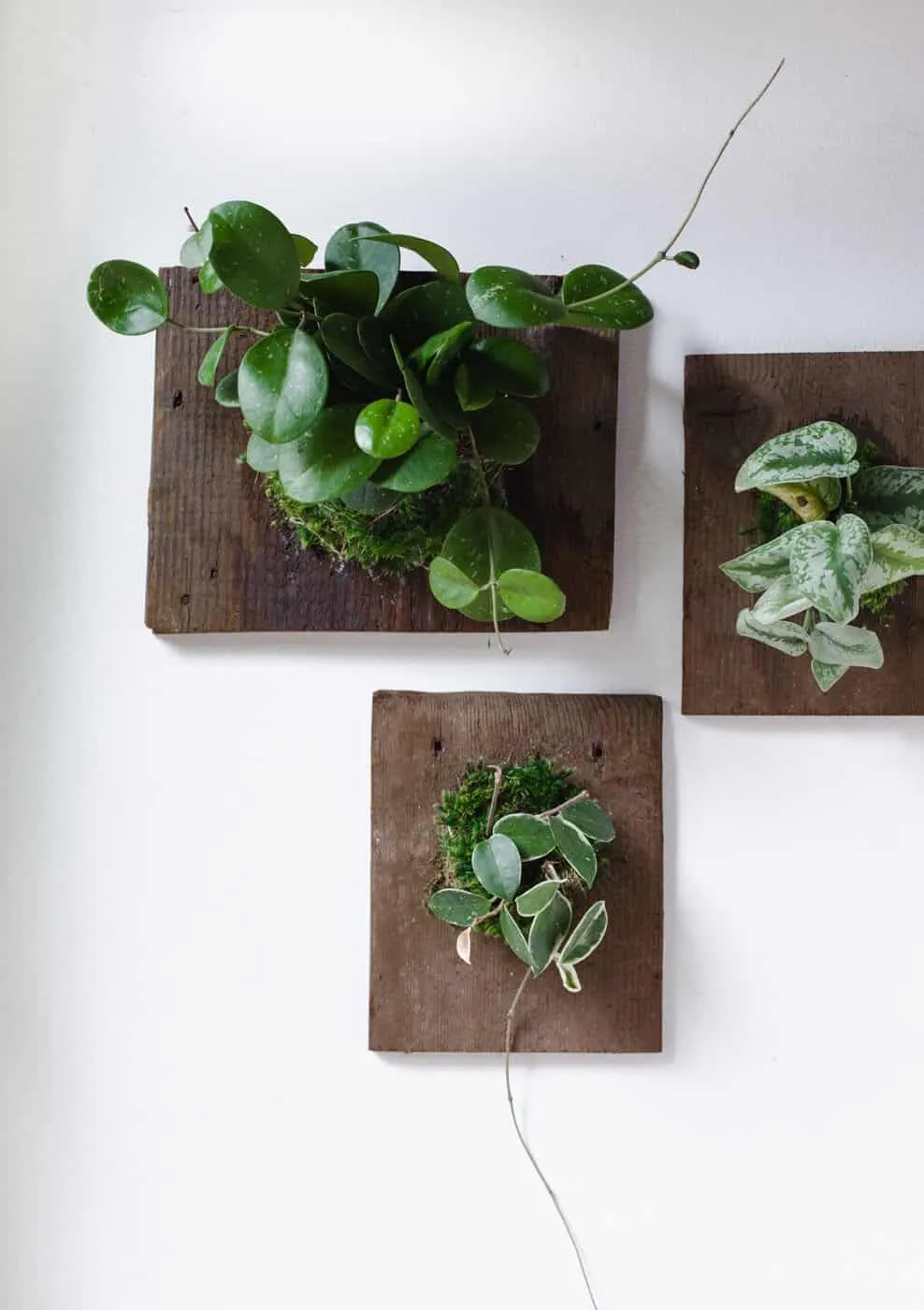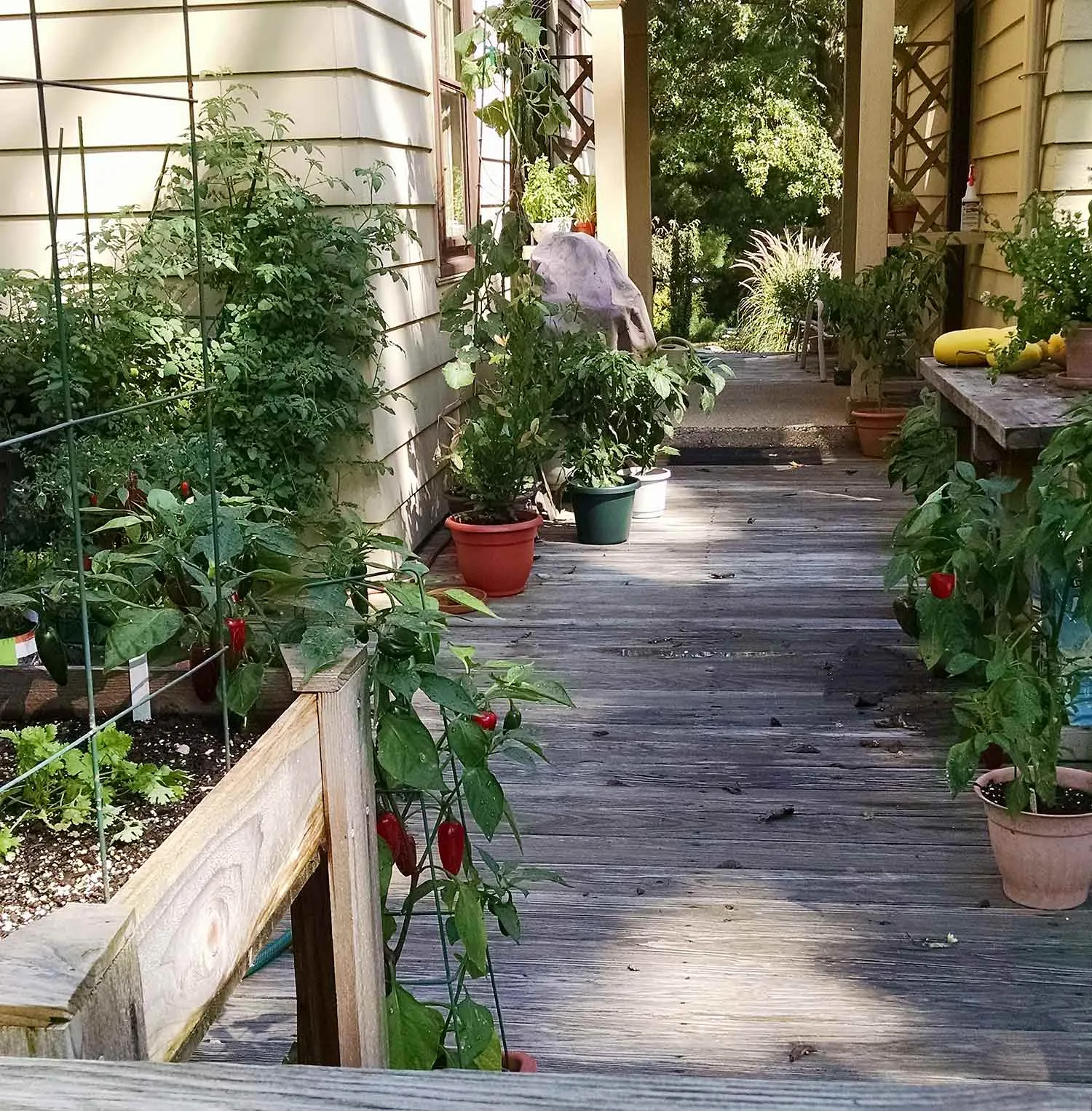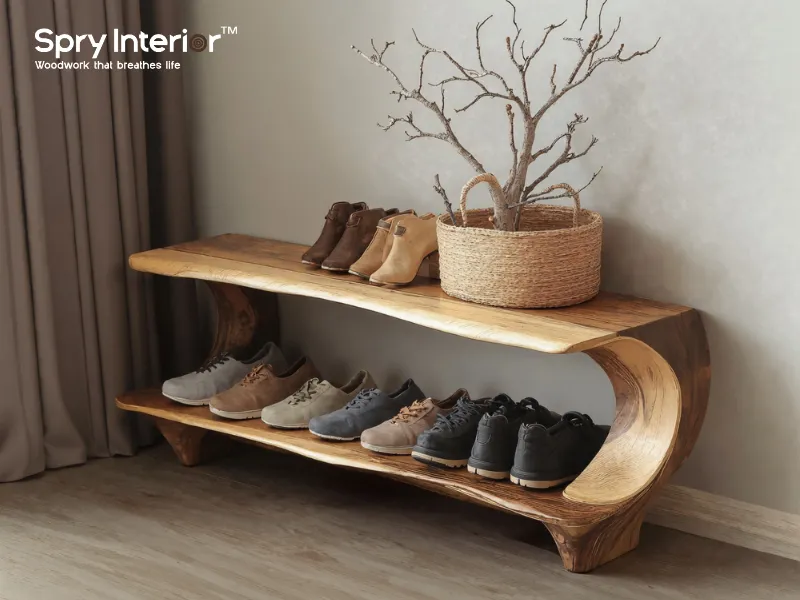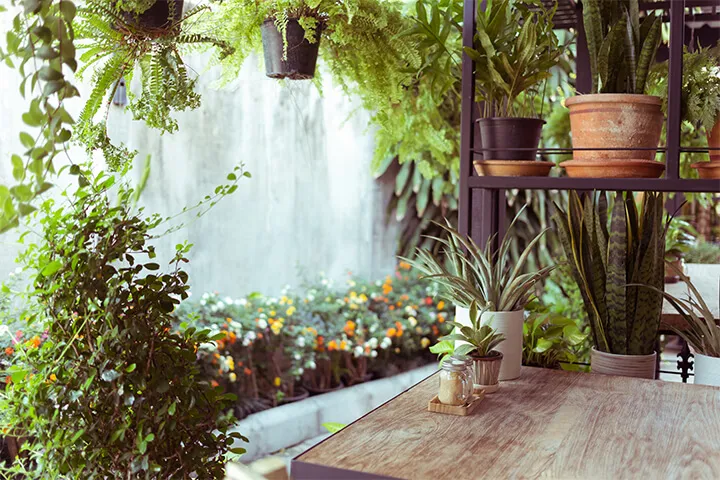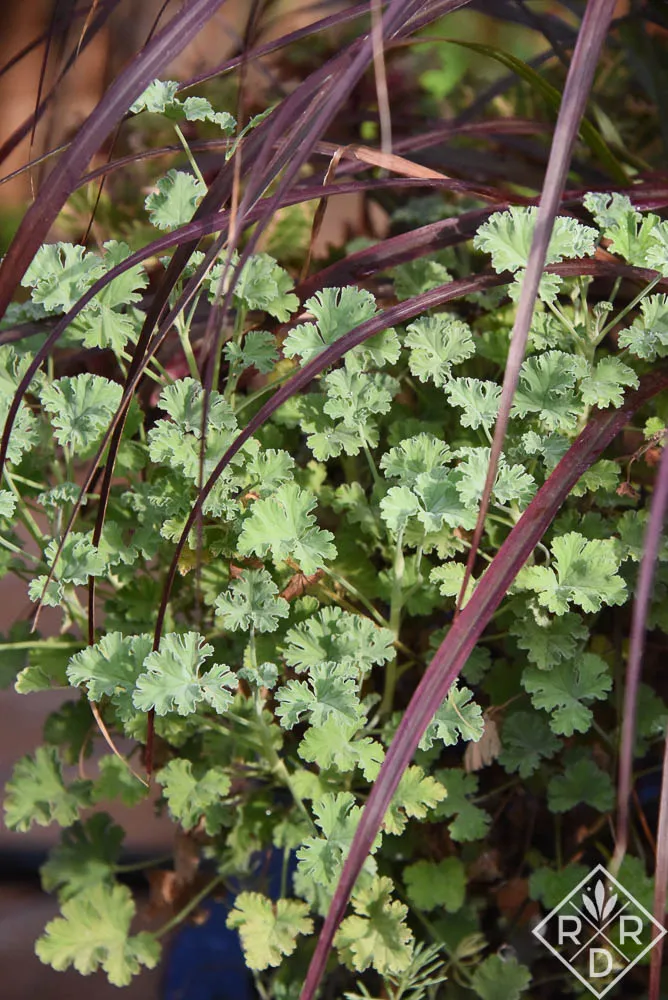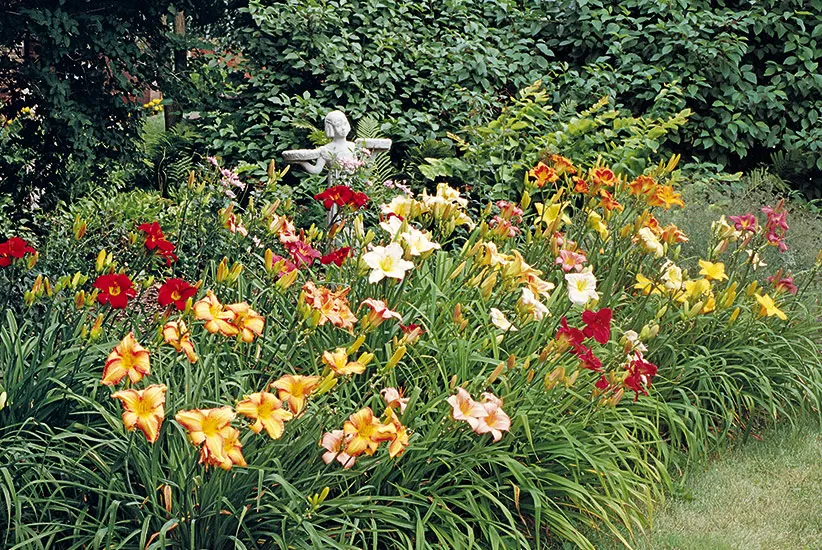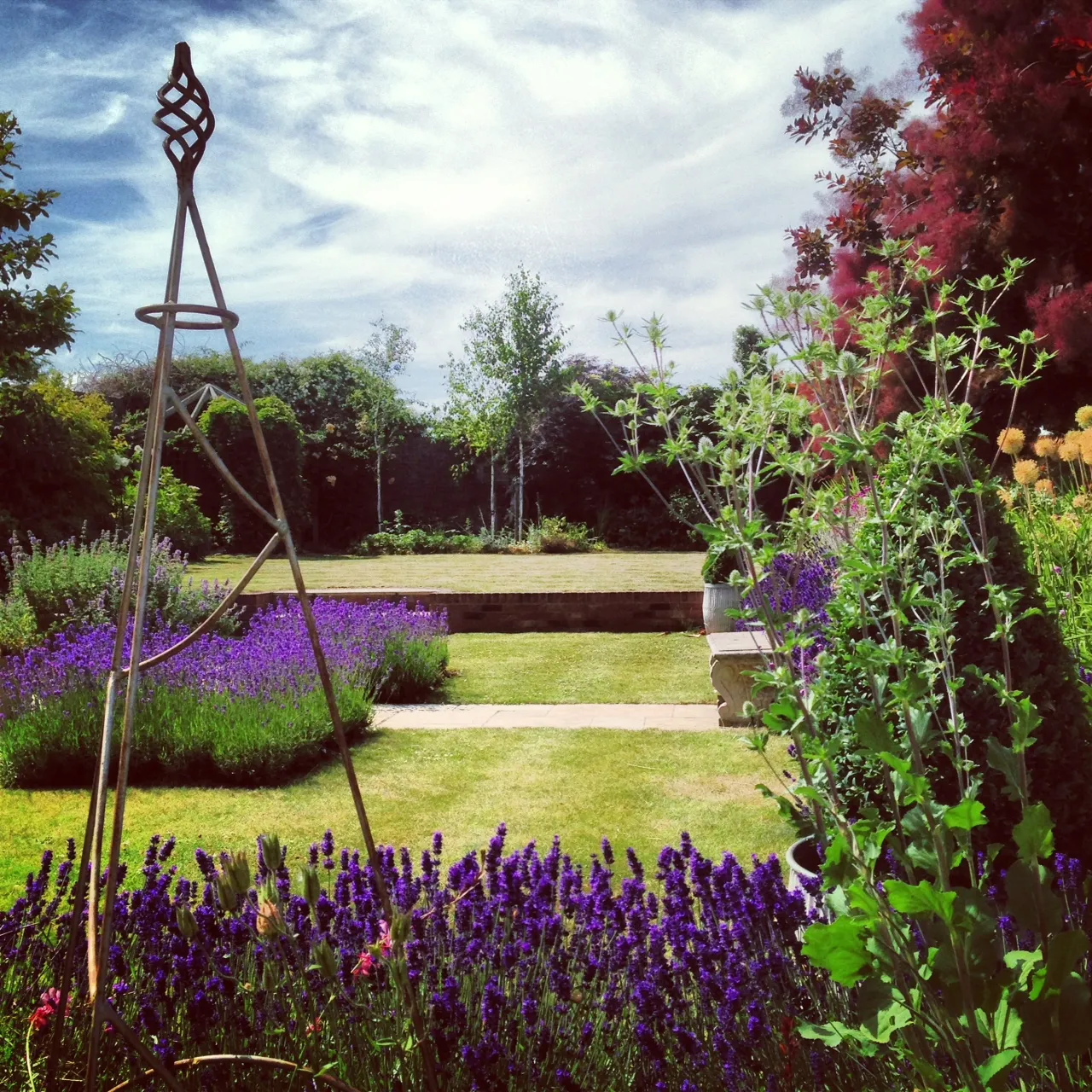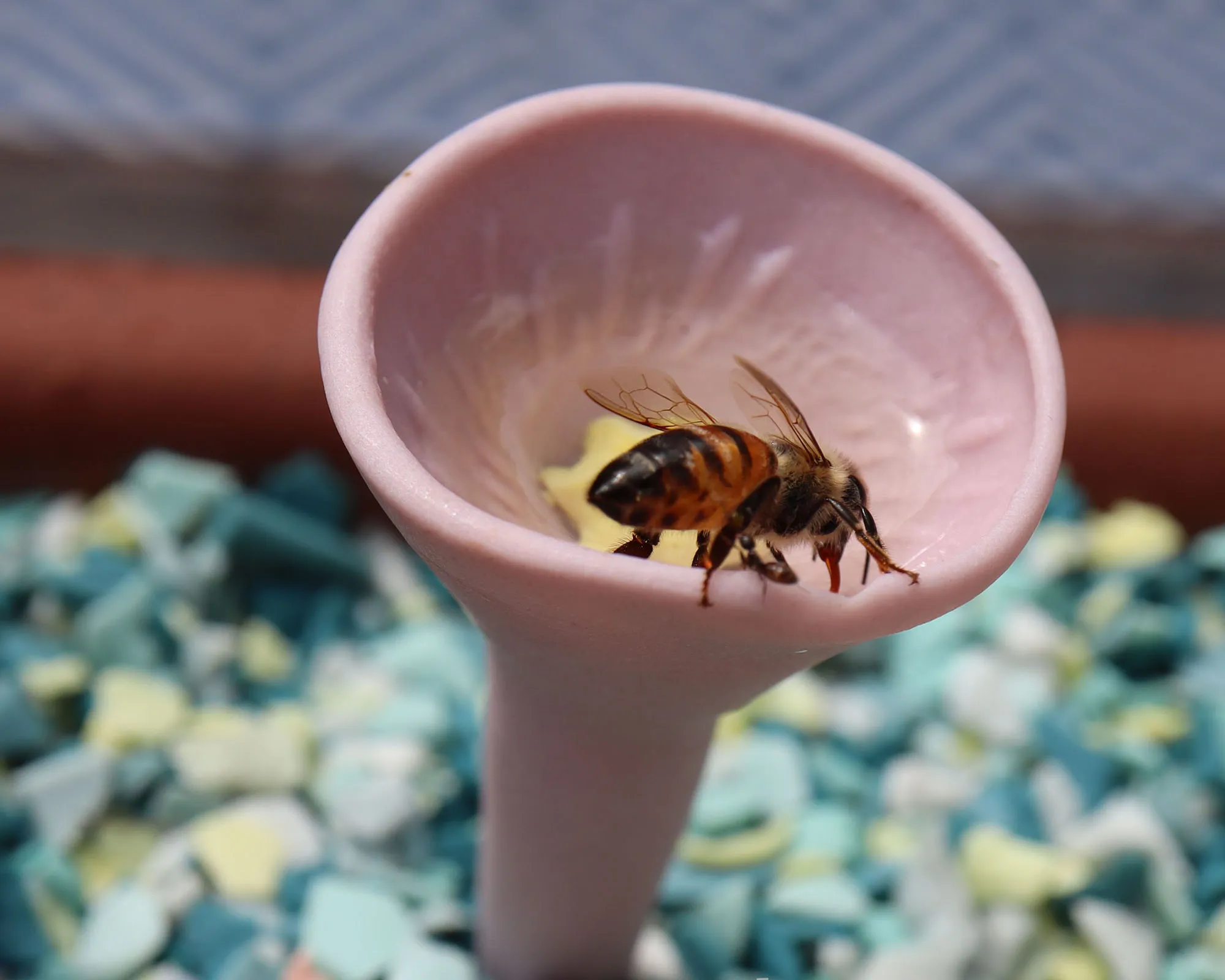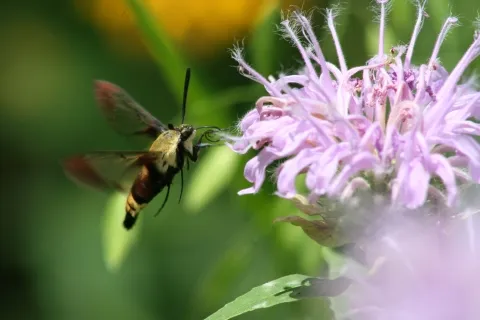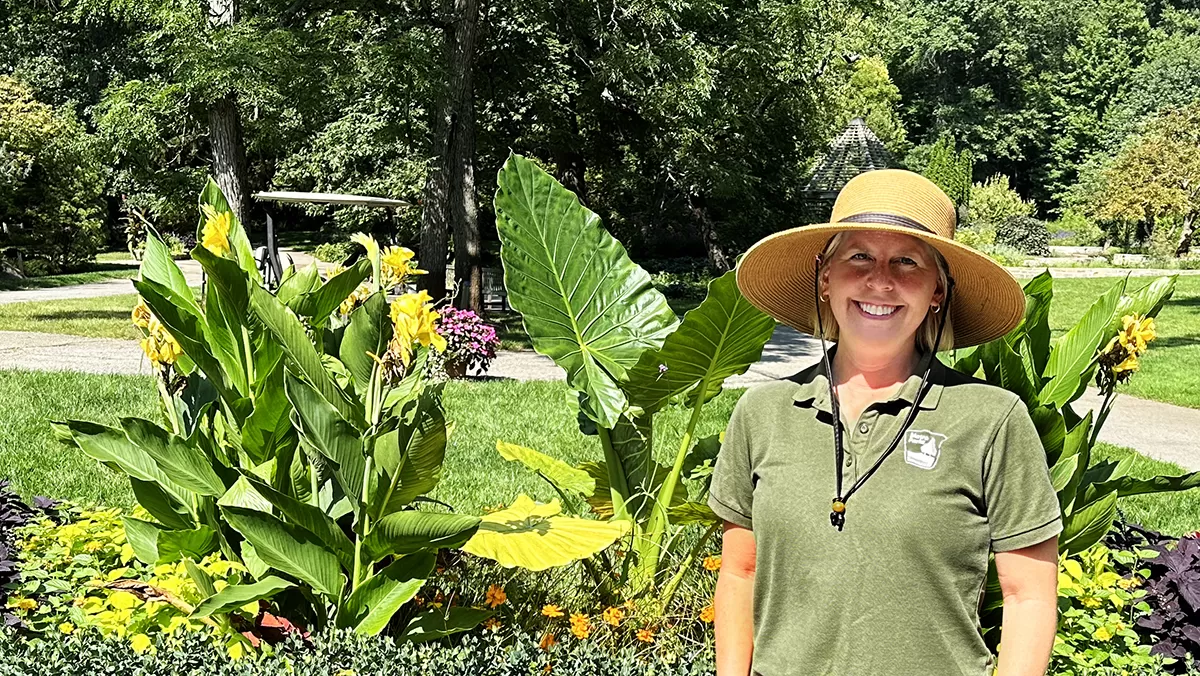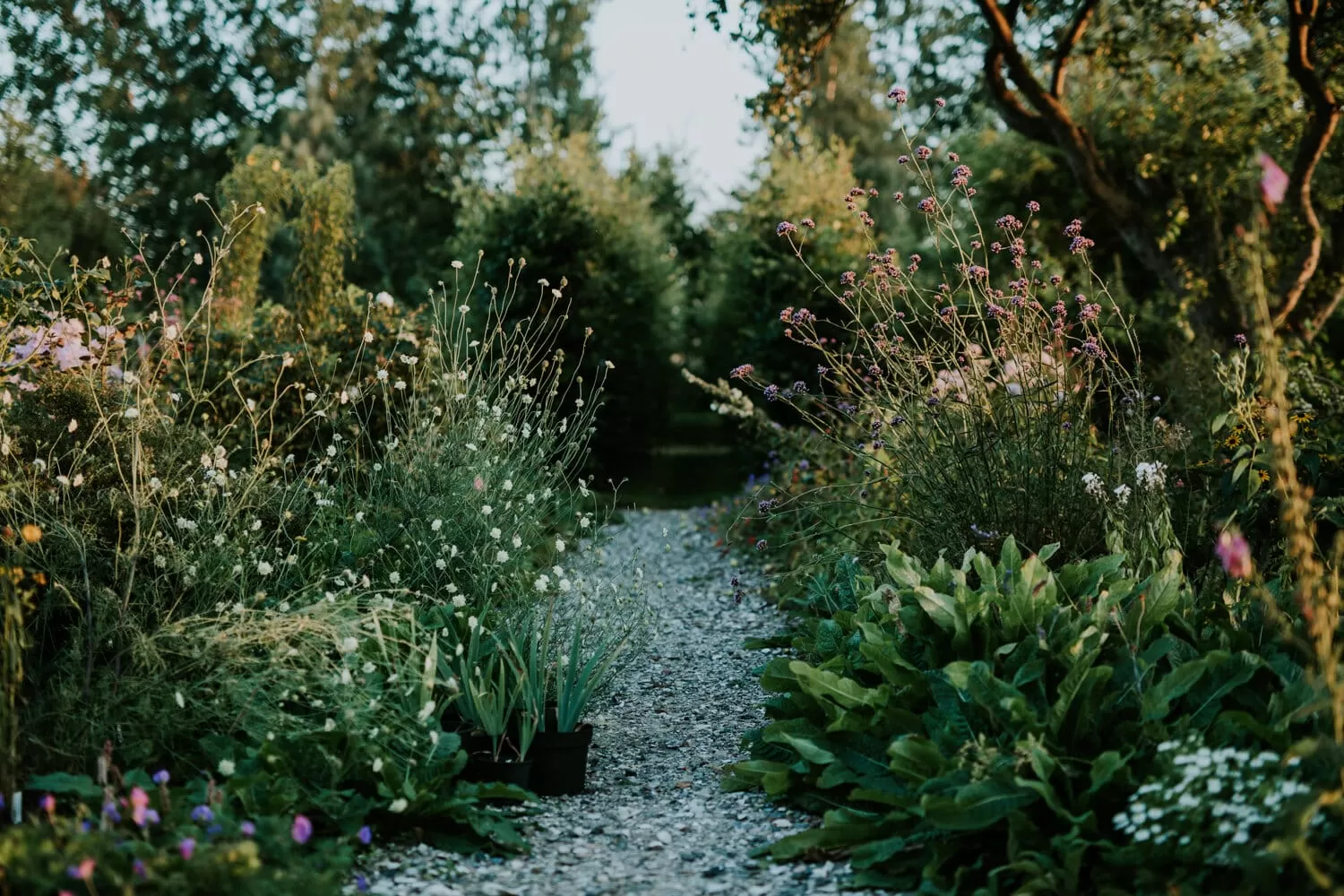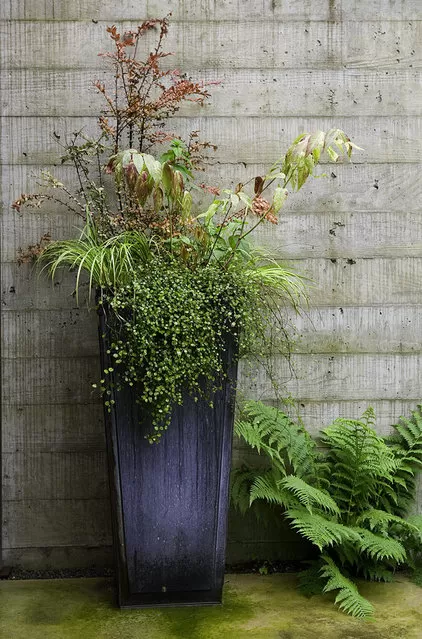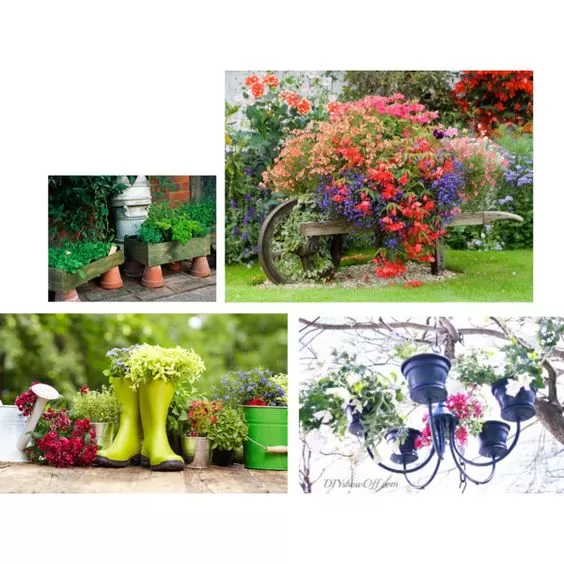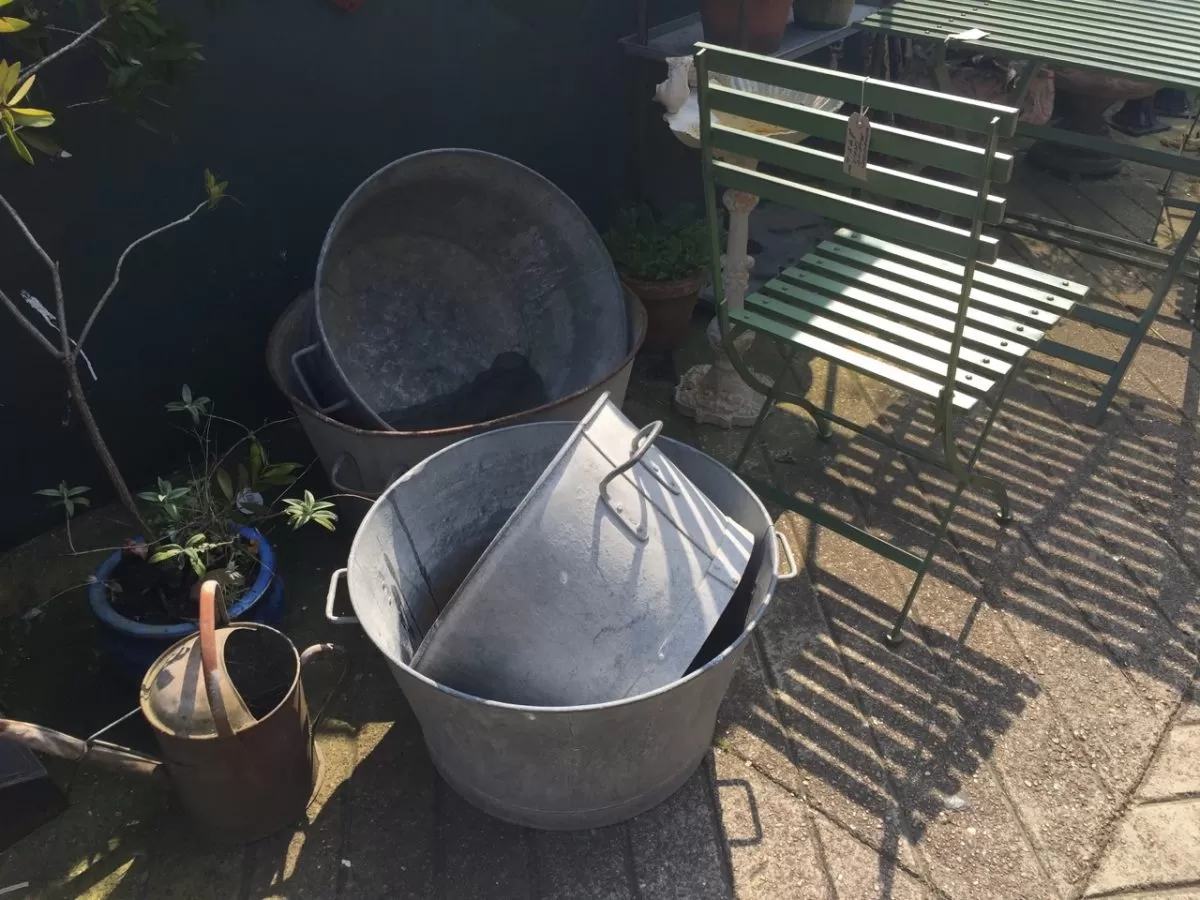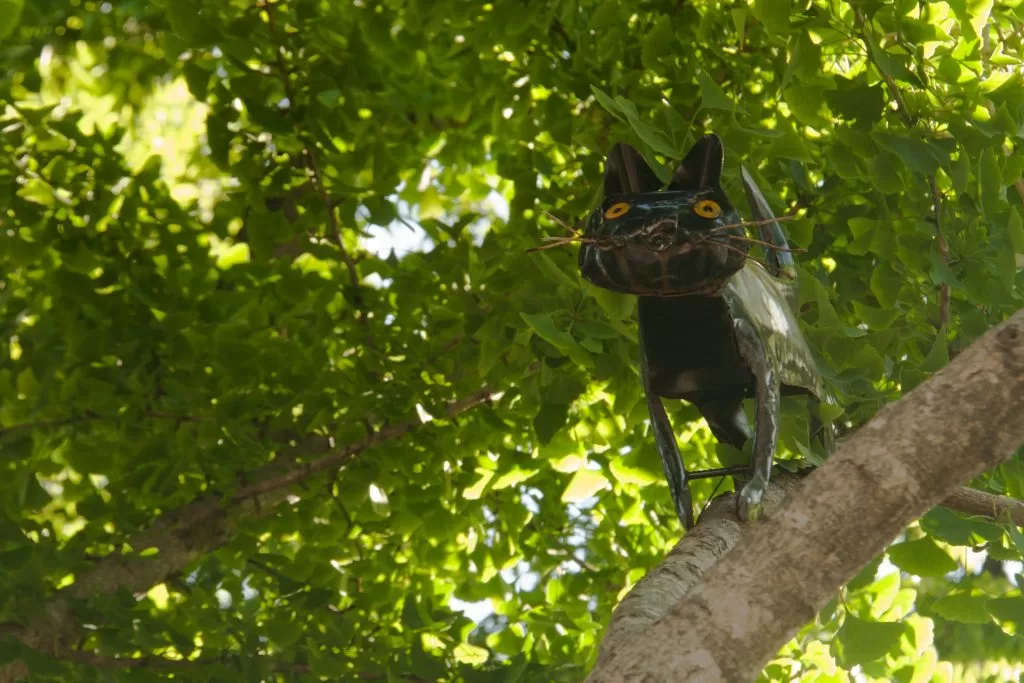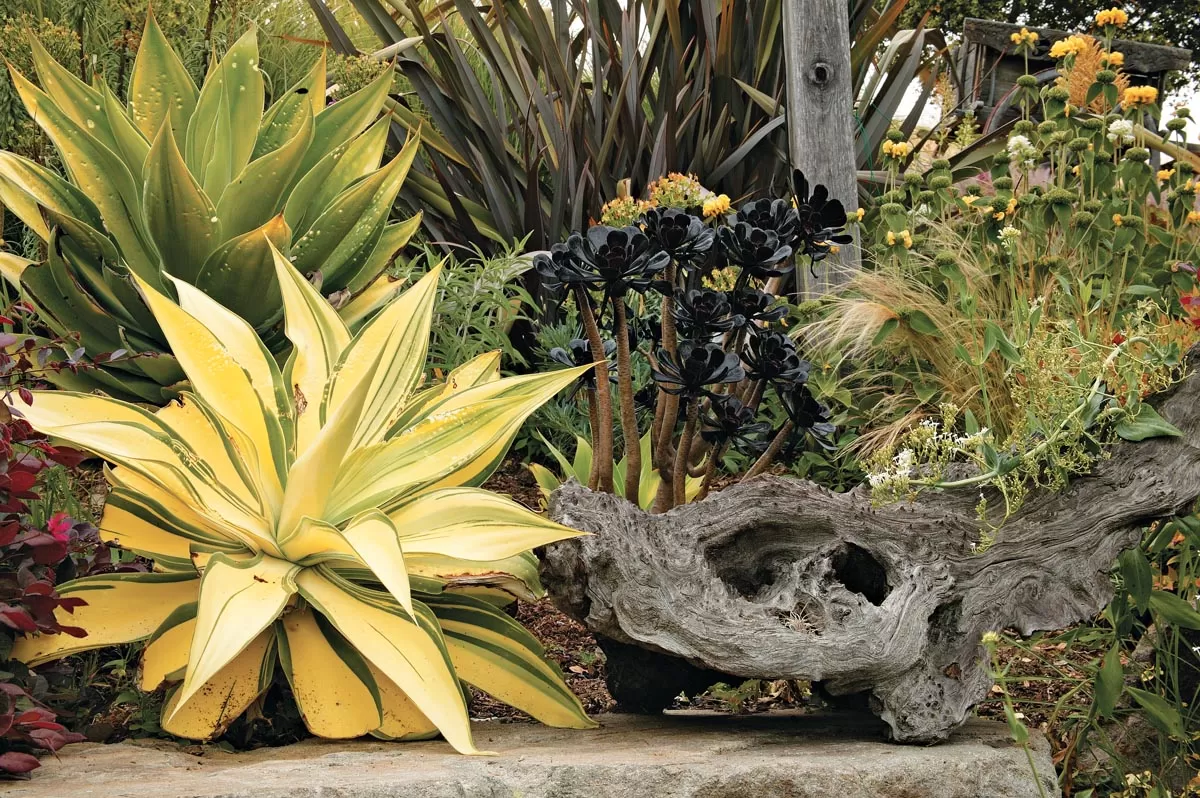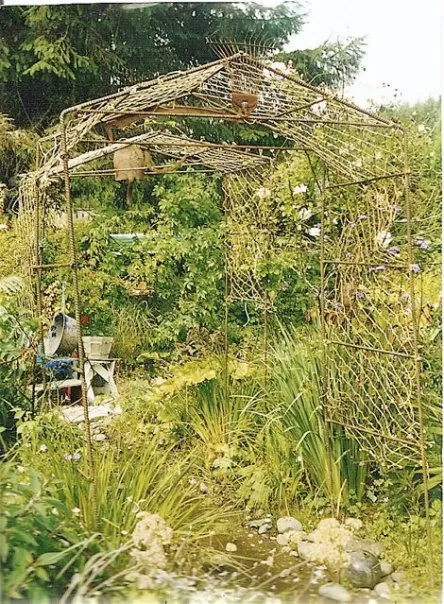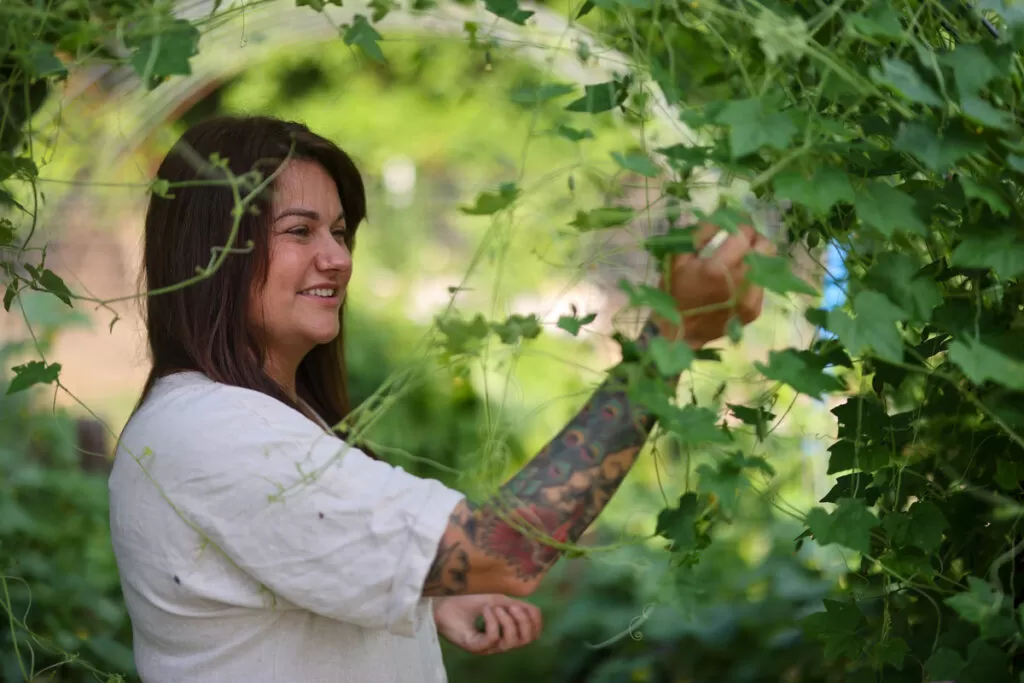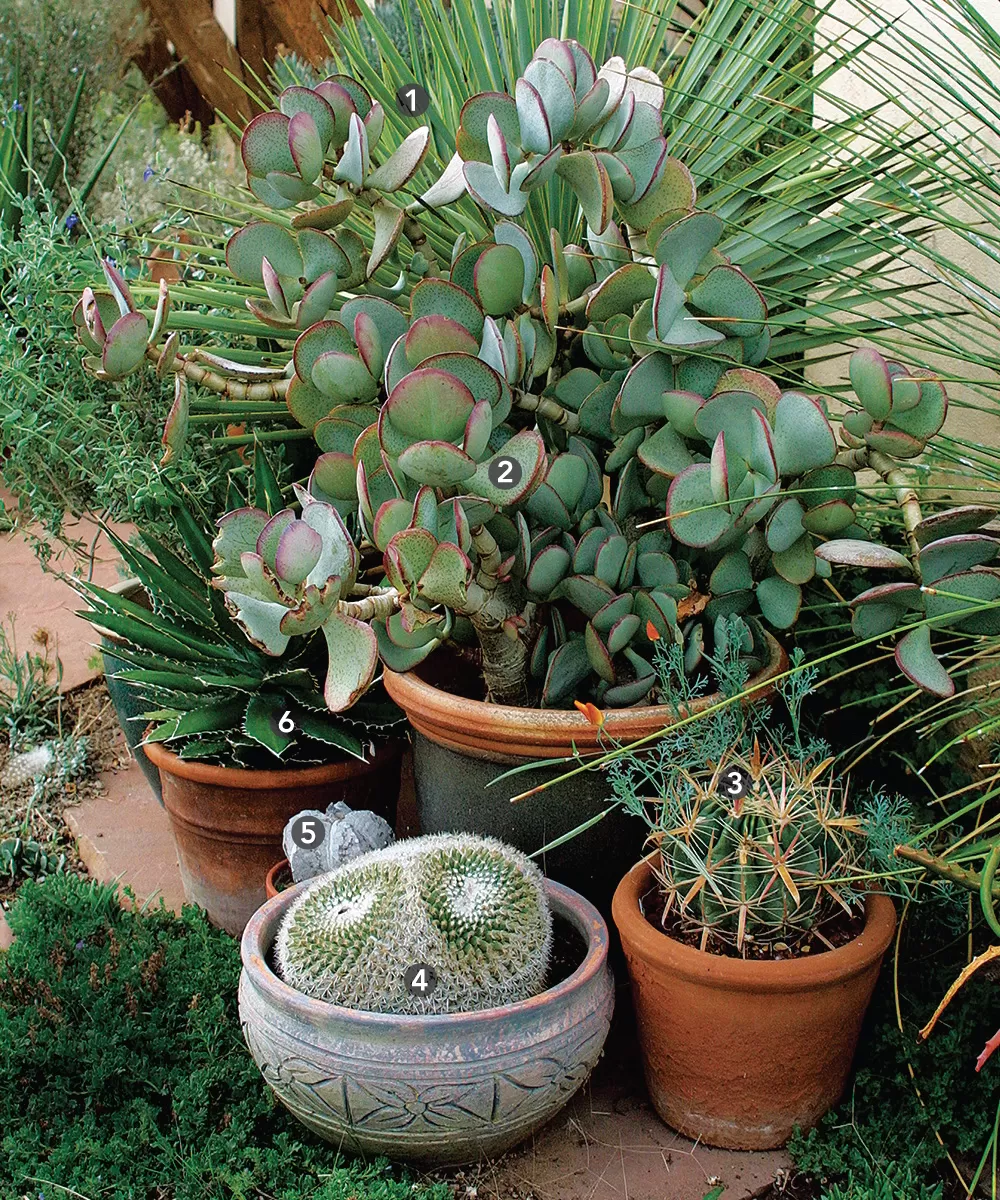- Discover the secret to successful herb combinations in containers.
- Learn how grouping herbs by similar needs simplifies care.
- Explore delicious and practical herb planting ideas for small spaces.
- Find out which popular herb never likes sharing its pot.
Imagine stepping onto your patio or balcony and reaching for fresh herbs just moments before they hit your plate. It’s a simple luxury that brings incredible flavor to your cooking and vibrant life to your outdoor (or indoor) space. You might think you need a sprawling garden, but the truth is, even a tiny corner can become a prolific herb haven thanks to clever herb combos in pots. Growing herbs together in containers not only creates lush, beautiful displays but is also the ultimate space-saving hack for maximizing your culinary potential.
Knowing which herbs play well together is key, and it’s simpler than you might think! The core principle is grouping plants with similar needs – a concept that makes watering, light, and feeding a breeze. When you understand the why behind successful herb planting combinations, you unlock a world of possibilities for crafting your own unique, flavorful container gardens. Ready to dig in?
Contents
Why Plant Herbs Together in Containers?
Growing herbs in containers offers incredible flexibility. You can place them right outside your kitchen door, brighten up a sunny windowsill, or add greenery to a patio table. They thrive in all sorts of creative planters, from classic terracotta pots and window boxes to vertical planters and even repurposed items.
The real magic happens when you start combining them. The most important factor for success when planting herbs together in a pot is selecting varieties with similar requirements. This means grouping herbs that prefer the same type of soil, amount of water, level of sunlight, and feeding schedule.
Most herbs are quite adaptable and enjoy well-draining soil. A good quality potting mix specifically formulated for containers works perfectly. As for light, most herbs are sun-worshippers, needing at least four to six hours of direct sunlight daily to produce their best flavor. However, if your space is a bit shadier, don’t despair! Herbs like parsley, chives, and mint (though mint needs its own pot!) can tolerate a little less sun.
Watering is often the trickiest part of grouping herbs. While many herbs are famously drought-tolerant once established, those in pots dry out much faster than herbs in the ground. This is where grouping by water needs becomes essential.
Choosing the right potting mix is also crucial for drainage. Opt for a well-draining potting mix or consider creating your own blend, perhaps a peat-free option for a more sustainable approach.
Think about grouping herbs that like consistently moist soil separate from those that prefer to dry out between waterings. For example, tender herbs with softer leaves often need more frequent watering than woody-stemmed Mediterranean varieties.
Fertilization is usually minimal for herbs. They generally don’t require heavy feeding, as too much can dilute their essential oils and flavor. However, potted herbs benefit from a light, diluted feed occasionally, especially after heavy harvesting.
Tasty Herb Combinations for Pots
Once you grasp the concept of grouping by similar needs, the possibilities for creating delicious and beautiful herb combos in pots are endless! Here are some fantastic pairings to get you started:
The Tender Trio (More Water):
These herbs generally appreciate consistent moisture and regular harvesting.
- Basil:
- Scientific Name: Ocimum basilicum
- Common Name: Basil
- Zone: 2-10 (often grown as an annual)
- Light: Full sun (6+ hours)
- Humidity: Prefers moderate to high
- Water: Consistently moist, well-drained soil
- Tarragon:
- Scientific Name: Artemisia dracunculus (French tarragon is preferred for culinary use)
- Common Name: Tarragon
- Zone: 3-8 (French tarragon), 4-9 (Russian tarragon)
- Light: Full sun to partial shade (4-6+ hours)
- Humidity: Moderate
- Water: Moderately moist, well-drained soil
- Oregano:
- Scientific Name: Origanum vulgare (common oregano), Origanum onites (Greek oregano)
- Common Name: Oregano
- Zone: 4-10 (depending on species)
- Light: Full sun (6+ hours)
- Humidity: Low to moderate
- Water: Drought tolerant once established; allow soil to dry between waterings
This combination works well because they share similar soil and watering preferences. Plus, they are staples in many culinary traditions!
The Mediterranean Mix (Less Water, More Sun):
These woody herbs are drought-tolerant once established and thrive in sunny, drier conditions. They are also often perennial, offering flavor year after year.
- Lavender:
- Scientific Name: Lavandula spp.
- Common Name: Lavender
- Zone: 5-10 (depending on species)
- Light: Full sun (6+ hours)
- Humidity: Low
- Water: Drought tolerant; prefers well-drained soil that dries out between waterings
- Rosemary:
- Scientific Name: Salvia Rosmarinus (formerly Rosmarinus officinalis)
- Common Name: Rosemary
- Zone: 7-10 (can be overwintered indoors in colder zones)
- Light: Full sun (6+ hours)
- Humidity: Low to moderate
- Water: Drought tolerant once established; likes soil to dry out between waterings
- Thyme:
- Scientific Name: Thymus spp.
- Common Name: Thyme
- Zone: 4-9 (depending on species)
- Light: Full sun (6+ hours)
- Humidity: Low
- Water: Drought tolerant; allow soil to dry between waterings
This group loves basking in the sun and doesn’t want “wet feet.” They are perfect for a sunny spot on your patio.
Other wonderful combinations to try based on shared needs and culinary uses include:
- Poultry Perfect: Sage, Thyme, Rosemary, Parsley.
- Bright & Fresh: Dill, Cilantro, Lemon Verbena. These also have the added benefit of attracting beneficial insects!
- Dill:
- Scientific Name: Anethum graveolens
- Common Name: Dill
- Zone: 2-11 (often grown as an annual)
- Light: Full sun to partial shade (4-6+ hours)
- Humidity: Moderate
- Water: Consistently moist, well-drained soil
- Cilantro:
- Scientific Name: Coriandrum sativum
- Common Name: Cilantro (leaves), Coriander (seeds)
- Zone: 2-11 (often grown as an annual; bolts in heat)
- Light: Full sun to partial shade (4-6+ hours), prefers partial shade in hot climates
- Humidity: Moderate
- Water: Consistently moist soil
- Lemon Verbena:
- Scientific Name: Aloysia citrodora
- Common Name: Lemon Verbena
- Zone: 9-11 (can be overwintered indoors in colder zones)
- Light: Full sun (6+ hours)
- Humidity: Moderate
- Water: Moderately moist, well-drained soil
- Dill:
- Classic Kitchen Staples: Parsley, Sage, Chives. Parsley is versatile and can pair well with many herbs that share similar light/water needs, including Basil, Lavender, Lemon Balm, Rosemary, and Thyme.
- Parsley:
- Scientific Name: Petroselinum crispum (curly leaf), Petroselinum neapolitanum (flat leaf/Italian)
- Common Name: Parsley
- Zone: 5-9 (often grown as a biennial or annual)
- Light: Full sun to partial shade (4-6+ hours)
- Humidity: Moderate
- Water: Consistently moist, well-drained soil
- Sage:
- Scientific Name: Salvia officinalis
- Common Name: Sage
- Zone: 4-10 (depending on species)
- Light: Full sun (6+ hours)
- Humidity: Low
- Water: Drought tolerant; allow soil to dry between waterings
- Chives:
- Scientific Name: Allium schoenoprasum (common chives), Allium tuberosum (garlic chives)
- Common Name: Chives
- Zone: 3-10
- Light: Full sun to partial shade (4-6+ hours)
- Humidity: Moderate
- Water: Consistently moist, well-drained soil
- Lemon Balm:
- Scientific Name: Melissa officinalis
- Common Name: Lemon Balm
- Zone: 3-7
- Light: Full sun to partial shade (4-6+ hours), tolerates more shade
- Humidity: Moderate
- Water: Moderately moist, well-drained soil
- Parsley:
You can also group herbs for their aromatic qualities, creating a fragrant display with Chamomile, Hyssop, Lavender, Lemon Verbena, and Pineapple Sage.
- Chamomile:
- Scientific Name: Matricaria recutita (German), Chamaemelum nobile (Roman)
- Common Name: Chamomile
- Zone: 3-9 (depending on species)
- Light: Full sun to partial shade (4-6+ hours)
- Humidity: Moderate
- Water: Moderately moist soil; Roman is more drought tolerant
- Hyssop:
- Scientific Name: Hyssopus officinalis
- Common Name: Hyssop
- Zone: 3-8
- Light: Full sun (6+ hours)
- Humidity: Low to moderate
- Water: Drought tolerant; well-drained soil
- Pineapple Sage:
- Scientific Name: Salvia elegans
- Common Name: Pineapple Sage
- Zone: 8-10 (often grown as an annual in colder zones)
- Light: Full sun (6+ hours)
- Humidity: Moderate
- Water: Moderately moist, well-drained soil
The Herb That Needs Its Own Pot:
There’s one major rule when it comes to herb companionship: Mint prefers to fly solo!
- Mint:
- Scientific Name: Mentha spp.
- Common Name: Mint
- Zone: 3-11 (depending on species)
- Light: Full sun to partial shade (4-6+ hours), tolerates more shade
- Humidity: Moderate to high
- Water: Consistently moist soil
Mint varieties are notoriously vigorous and have aggressive root systems. If you plant mint with other herbs, it will quickly outcompete and potentially smother its pot mates. If you want multiple mint varieties, they should ideally each have their own container or be planted in a large trough with barriers between them.
Potential Problems When Growing Herbs Together
The most common hurdle when creating herb combos in pots is simply misjudging the space needed. While they start small, many herbs can grow quite large throughout the season. Crowding too many plants into a container restricts root growth, reduces air circulation (leading to disease), and causes competition for resources like water and nutrients. Always choose a container that gives your chosen herbs plenty of room to mature.
As mentioned, inconsistent watering is another frequent issue. Potted plants dry out much faster than garden beds, so daily checks are often necessary, especially during warm, windy weather. Using a well-draining potting mix and a container with sufficient drainage holes is non-negotiable.
Pests aren’t usually a major issue for herbs, but stressed or weakened plants are more susceptible. Proper watering, light, and spacing are your first line of defense.
Planting Your Herb Combo Pot: A Step-by-Step Guide
Ready to create your culinary masterpiece? Here’s how to plant your herb combos in pots:
- Choose Your Container: Select a container large enough to hold the mature size of your chosen herbs. Ensure it has drainage holes – this is critical! Material doesn’t matter as much as size and drainage. Terracotta, plastic, metal, or even fabric pots work well.
- Select Your Herbs: Decide on your theme or combination based on similar needs (water, light) and culinary uses. Don’t be afraid to mix in a decorative, edible flower like nasturtiums, pansies, or calendula for added beauty and function! Consider grouping cold-tolerant herbs like Lavender, Parsley, Rosemary, Sage, and Thyme for a container that keeps producing into the cooler months.
- Add Potting Mix: Fill the container partially with a high-quality, well-draining potting soil. Leave enough space at the top so the soil level will be about an inch or two below the rim after planting.
- Prepare Plants: Gently remove each herb from its nursery pot. If the roots look tightly packed and circling the pot, gently loosen them with your fingers.
- Arrange and Plant: For a visually appealing pot, you can follow the ‘thriller, filler, spiller’ principle used in ornamental container gardening. Place taller, upright herbs (thrillers) towards the back or center, bushier herbs (fillers) around them, and trailing herbs (spillers) near the edges. Position your herbs, ensuring they have adequate space between them based on their mature size. Once happy with the arrangement, fill the remaining space with potting mix, packing it gently around the roots to remove air pockets.
- Water Thoroughly: Water the pot deeply until water drains freely from the bottom. This settles the soil and hydrates the roots.
- Add Mulch (Optional): A layer of mulch (like small gravel or shredded bark, taking care not to touch stems) can help retain soil moisture and suppress weeds, especially in larger containers.
 cut and come again crops and herbs in container garden
cut and come again crops and herbs in container garden
Ongoing Care for Your Potted Herb Garden
Once planted, your herb combos in pots will need a little ongoing attention to thrive:
- Watering: Check the soil moisture daily, especially in hot or windy weather. Water when the top inch or two feels dry. It’s usually better to underwater slightly than to overwater and risk root rot.
- Harvesting: Regularly harvest your herbs! Pinching back stems encourages bushier growth and prevents plants from getting leggy. Harvest leaves in the morning after the dew has dried for the best flavor.
- Fertilizing: As mentioned, herbs don’t need much fertilizer. If your plants look pale or growth is slow, you can apply a diluted, water-soluble organic fertilizer (like fish emulsion or liquid kelp) or a slow-release granular fertilizer once a month or according to package directions. Avoid over-fertilizing.
- Monitoring: Keep an eye out for any signs of pests or diseases, though healthy herbs are generally quite resistant. Address issues promptly if they arise.
Creating herb combos in pots is a rewarding way to grow your own food, add beauty to your space, and have fresh ingredients always within reach. With a little planning based on plant needs, you can cultivate a miniature garden bursting with flavor and life.
Conclusion
Growing herb combos in pots is an accessible and incredibly satisfying way to bring fresh flavor into your home and garden. By selecting herbs with similar needs for light and water, choosing the right container with drainage, and providing basic care like regular harvesting, you can easily cultivate a thriving container herb garden. Forget needing a huge yard – your culinary adventure is just a pot away!
What are your favorite herb combinations to grow together? Share your thoughts and experiences in the comments below! Don’t forget to explore other great gardening ideas and tips right here on Thelittle.garden.
